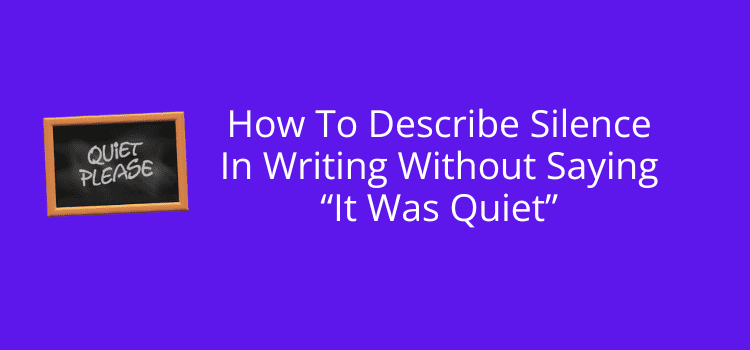
One of the most powerful tools a writer possesses is the ability to craft word order.
Sure, you might think that grammar rules control most aspects, but this is not entirely true.
Apart from some standard rules, such as subject-verb-object (SVO), as a writer, you have plenty of options to rearrange words to suit your needs.
Some involve using a variety of grammatical forms or literary devices, while others, such as descriptions or noun lists, are wide open for you to choose.
The basics of word order
The order of words in English writing follows the predictable pattern of subject, verb, and object.
This structure makes sentences easy to understand with no ambiguity about who is doing what.
For example, the dog fetched the ball. If you change the order and say, the ball fetched the dog, you completely alter the meaning.
Standard structures of English grammar ensure clarity in even the simplest of sentences.
English also has subtle rules about how to order adjectives.
Have you ever noticed how you naturally say a big red Ferrari instead of a red big Ferrari?
It’s because English adjectives follow a specific order of opinion, size, age, shape, color, origin, and material.
You might not consciously think about this rule, but breaking this order can make your sentence sound strange or clunky.
That’s why a metal old round alarm clock instead of an old round metal alarm clock just doesn’t sound right.
Basic rules like these aren’t meant to stifle your creativity but to keep your writing readable. However, that doesn’t mean you always have to follow them.
Changing sentence parts for emphasis
One of the easiest ways to grab your reader’s attention is by changing the standard order of parts of a sentence. Here’s a quick example to show you how.
Paul stood defiantly and determined before his political enemies.
You could start by putting the most important clause of your sentence at the beginning.
Defiantly and determined, Paul stood before his political enemies.
This small change draws immediate attention to Paul’s qualities, setting the tone for what is to follow.
Before his political enemies, Paul stood defiantly and determined.
Here, the emphasis is on the dramatic act of standing up to his enemies.
Inversion is another grammatical tool you can use to draw attention to specific ideas by changing the subject-verb order.
Here’s a standard sentence that you can easily change.
She had never seen such a beautiful dancer before.
Never had she seen such a beautiful dancer before.
One other useful literary device is fronting, which usually moves the object to the beginning of a sentence.
Storm clouds massed on the dark horizon.
On the dark horizon, storm clouds massed.
Playing with the order of your words
When there are no grammatical rules to hold you back, you are really on your own to choose the order of your words.
It is often the case when you have two or three similar adjectives, nouns, or verbs within a sentence. It’s a great chance to play with repetition or rhythm by reordering words.
What made me think of writing this article was the expression that is sometimes used in English to describe Switzerland.
It’s a country that runs on white wine, cheese and chocolate.
You could change the order to cheese, white wine, and chocolate, or chocolate, white wine, and cheese.
But it’s the alliteration of the two ch words at the end that makes white wine, cheese, and chocolate the best choice.
With adjectives of the same quality, such as color, you are free to choose. Green, purple, and blue, blue, green, and purple, or purple, green, and blue.
The only rule to watch out for here is when the color white is involved. White always comes second, such as black and white or red, white, and blue.
But with nouns and verbs, there are no restrictions at all.
You can even play with the rule of three with your noun or verb string choices to add an element of surprise or contrast.
A good example of this is by Lewis Carroll. The rule is jam tomorrow and jam yesterday, but never jam today.
But it’s easy to create something similar.
My writing is driven by habitual routine, gritty determination, and lots of red wine.
It doesn’t matter what you are writing; you always have the chance to play around with your word order to try to create as much impact as possible for your readers.
All it takes is your imagination, writing skill, and being aware of the opportunities.
Summary
Varying your word order is multifaceted. You can use many set grammar structures and literary devices to rework your sentences.
However, you have plenty of other options that allow you to be free of structures and use your imagination and creativity.
Either way, your aim is to surprise your readers, create emotion, or construct sentences that might linger in your reader’s minds.
The next time you sit down to write, take an extra moment to think about playing around with your words and sentences.
What happens if I change the order of these few words? Can I create a rhythm change? Would alliteration make this phrase more memorable?
The opportunities for changing, moving, and experimenting with word order are endless.
All you need to do is look for opportunities and do it.
Related Reading: How To Describe Pain In Writing With Metaphors
Share This Article


